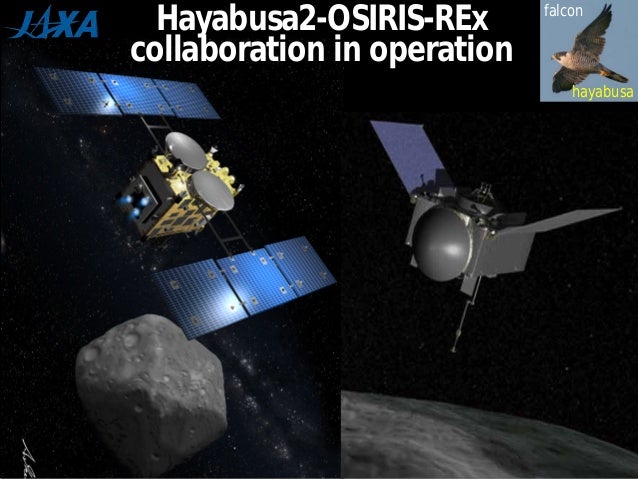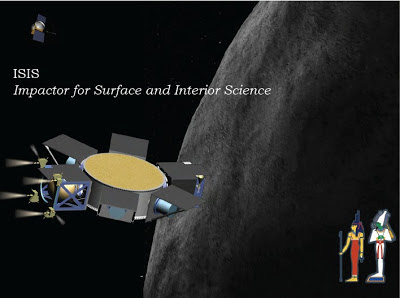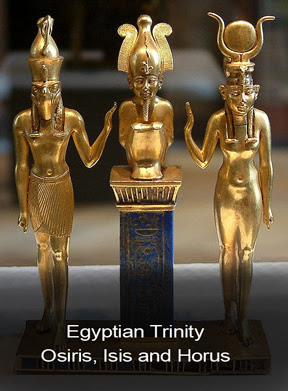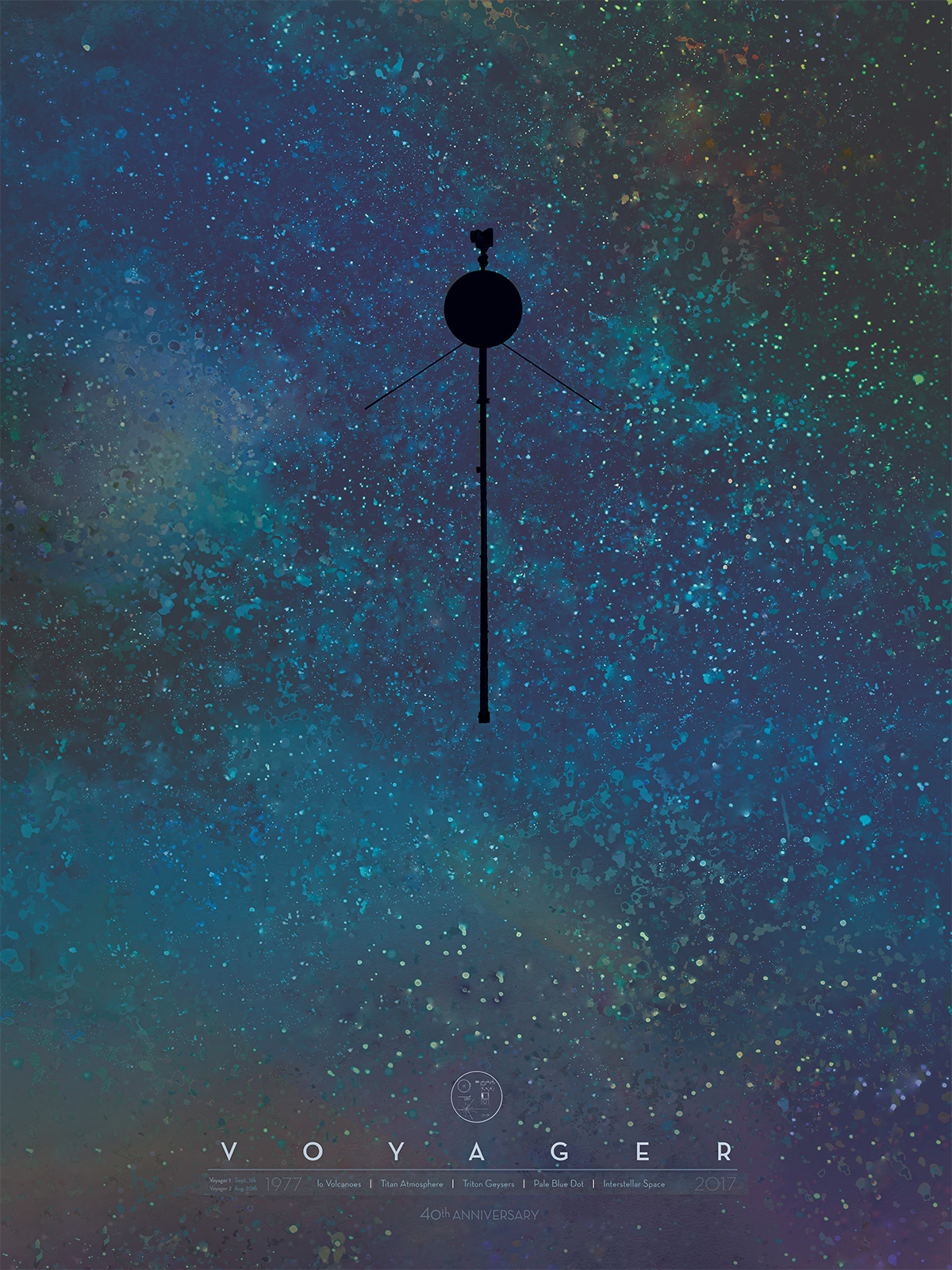


NASA's very own Diamond Jubilee:
https://www.space.com/41976-nasa-history-office-60th-anniversary-perspective.html
https://www.nasa.gov/feature/goddard/2018/nasa-s-osiris-rex-executes-first-asteroid-approach-maneuver
Japanese Probe Drops Hopping, Shoebox-Sized Lander on Asteroid Ryugu
NASA's Parker Solar Probe swinging by Venus on way to sun
Isis/Sirius combined with Venus/Voyager.

Parker Solar Probe Successfully Completes First Venus Flyby
NASA Voyager 2 Could Be Nearing Interstellar Space

Interstellar Mission
The Voyagers have enough electrical power and thruster fuel to keep its current suite of science instruments on until at least 2020. By that time, Voyager 1 will be about 13.8 billion miles (22.1 billion kilometers) from the Sun and Voyager 2 will be 11.4 billion miles (18.4 billion kilometers) away. Eventually, the Voyagers will pass other stars. In about 40,000 years, Voyager 1 will drift within 1.6 light-years (9.3 trillion miles) of AC+79 3888, a star in the constellation of Camelopardalis which is heading toward the constellation Ophiuchus. In about 40,000 years, Voyager 2 will pass 1.7 light-years (9.7 trillion miles) from the star Ross 248 and in about 296,000 years, it will pass 4.3 light-years (25 trillion miles) from Sirius, the brightest star in the sky. The Voyagers are destined—perhaps eternally—to wander the Milky Way.https://voyager.jpl.nasa.gov/mission/interstellar-mission/



The first ISIS/Venus flyby was the day before Voyager 2 reportedly nears the interstellar path to Sirius.
https://www.jpl.nasa.gov/news/news.php?feature=7252
https://newatlas.com/voyager-2-interstellar-space-heliosphere/56668/
https://newatlas.com/voyager-2-interstellar-space-heliosphere/56668/
Interstellar Visitor Found to Be Unlike a Comet or an Asteroid

The first interstellar visitor also makes more headlines as Voyager 2 enters an interstellar journey to Sirius on the back of the October Trinity:
Sirius Starship of eternity:
https://www.cbc.ca/news/technology/bob-mcdonald-spaceship-1.4281172
https://www.express.co.uk/news/world/567957/NASA-s-Voyager-2-sets-course-for-star-Sirius-by-time-it-arrives-human-race-will-be-dead
These 4 conventional spacecraft are headed out of the solar system. A 5th spacecraft, New Horizons, will also eventually leave the solar system. But conventional spacecraft move slowly in contrast to the vast distances between stars. It’ll be tens of thousands of years before one of these craft encounters a star. Image via Wikimedia Commons.
https://earthsky.org/space/alpha-centauri-travel-time
Voyager 1 is headed to the circumpolar stars and Voyager 2 to Sirius

Probably more of the Sirius "stargate" trajectory will come into focus when the spacecraft goes interstellar presumably around the time spaceX launches superdraco dm1.
https://sfphere.blogspot.com/2018/08/star-shaft-space-program.html





No comments:
Post a Comment